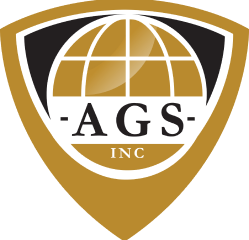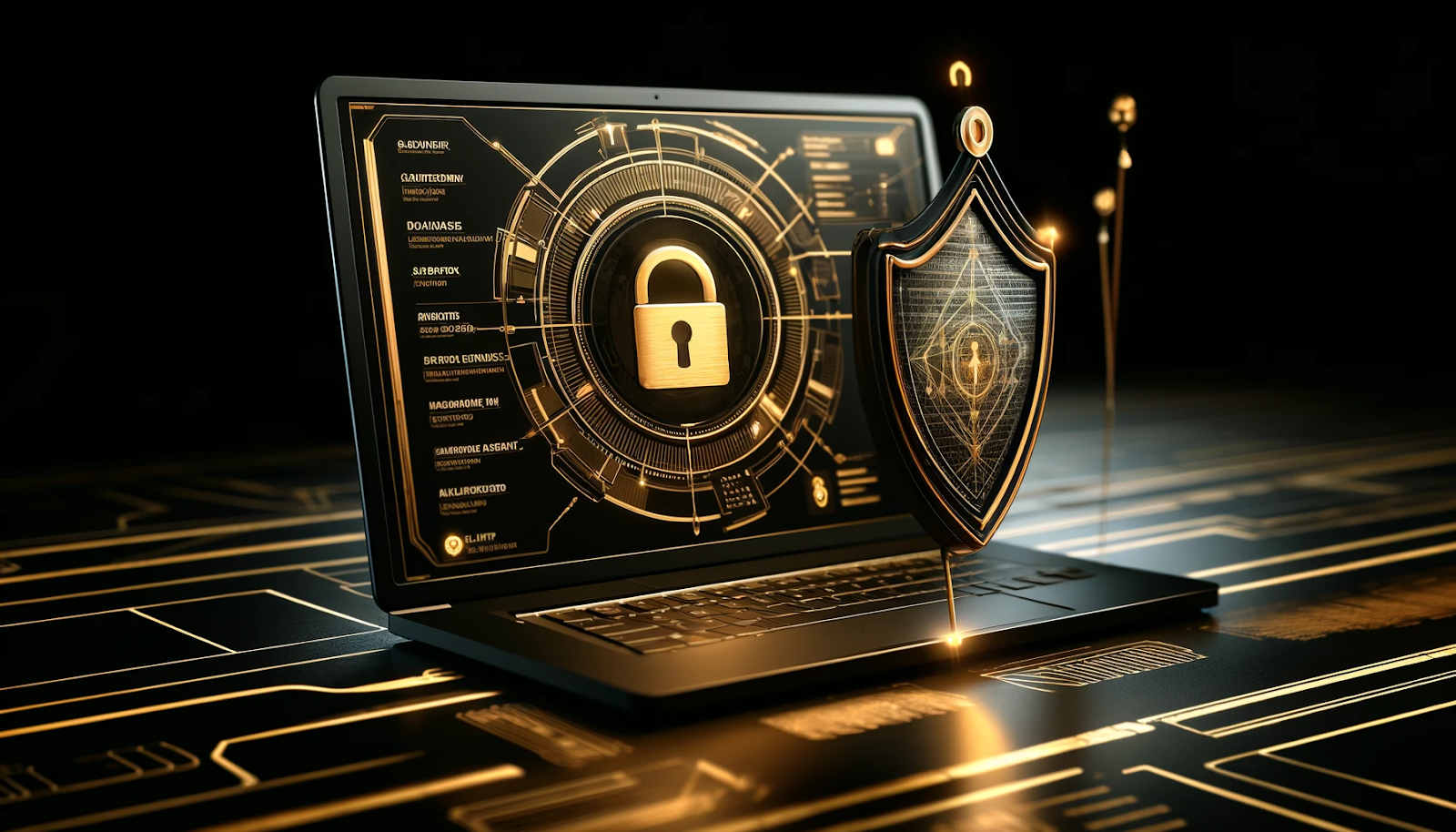Managing events is a high-stakes business. From conference registration to managing guest lists, every detail is meticulously organized. However, with this organization comes the responsibility of safeguarding sensitive digital data from increasingly sophisticated cyber threats. For property managers, chief security officers, and security company hiring managers, implementing a comprehensive cybersecurity plan is vital for protecting digital systems and sensitive information.
Key Cybersecurity Risks in Event Management
Event management is particularly susceptible to cyber threats due to the sensitive data involved, the number of stakeholders, and the public nature of events. Here are the most common risks to consider:
- Phishing Attacks: Fraudulent emails aimed at deceiving staff into revealing passwords or installing malware are a common tactic that prey on human psychology and target event staff who may handle guest lists or financial transactions.
- Ransomware: Malicious software that encrypts files, holding them hostage until a ransom is paid. Event management companies are often targeted because attackers know that time is critical, and a company may be more willing to pay up to meet deadlines.
- Data Breach: Unauthorized access to sensitive information such as guest lists, payment data, and internal communications. This often happens due to weak passwords, poor access control, or insider threats.
- Unsecured Wi-Fi Networks: Many events rely on public Wi-Fi networks, providing a prime opportunity for hackers to intercept data transmitted.
- Insider Threats: Employees or contractors misusing their authorized access, intentionally or unintentionally, can pose a significant risk to data security.
Best Practices for Securing Digital Assets
- Employee Training: Train staff to recognize phishing emails and other cyber threats. Employees should understand attackers' latest tactics and the steps needed to protect themselves and the organization.
- Network Security: Implement firewalls, intrusion detection systems, and secure Wi-Fi networks. Segment the network to reduce the potential impact of a successful attack on a single system.
- Data Encryption: Encrypt sensitive data both in transit and at rest to prevent unauthorized access. Even if data is intercepted or a device is compromised, it will be unreadable without proper decryption keys.
- Access Management: Limit system access based on roles and regularly review permissions. Adopt the principle of least privilege to ensure users only have access to the data and systems necessary for their role.
- Regular Backups: Routinely back up data to minimize damage from ransomware or other data loss incidents. Ensure backups are stored securely and tested regularly.
- Incident Response Plan: Develop a comprehensive response plan for identifying and containing security breaches. Have a clear strategy that details steps for minimizing damage, recovering quickly, and notifying affected parties.
Tools and Technologies for Enhanced Protection
To bolster your cybersecurity posture, consider implementing the following tools:
- Security Information and Event Management (SIEM): This tool offers real-time monitoring and analysis of security alerts. It centralizes logs from multiple sources, helping quickly identify patterns or anomalies.
- Endpoint Detection and Response (EDR): This process detects and responds to security incidents on individual devices. It is crucial for identifying malware or other threats that target specific workstations or mobile devices.
- Multi-Factor Authentication (MFA): Adds an extra layer of verification to ensure authorized access. Even if a password is compromised, attackers will need additional credentials.
- Virtual Private Networks (VPNs): Secures data in transit by encrypting internet connections. This is especially important for remote workers or when accessing sensitive data from public networks.
Building a Cyber-Resilient Team
- Role-Based Access: Assign access based on an individual's role, reducing the risk of unauthorized data exposure.
- Continuous Education: Conduct periodic training sessions to update staff on the latest threats and best practices.
- Cross-Department Coordination: Ensure all departments understand their role in the cybersecurity framework and know how their actions could impact the organization.
Evaluating Security Vendors
When hiring third-party security companies or services, assess their cybersecurity measures and compliance with industry standards like GDPR or CCPA. Look for vendors who conduct regular security audits, have up-to-date certifications, and can provide a detailed incident response plan. Consider their transparency, customer support, and ability to adapt to your needs.
FAQ
Q: What’s the first step in securing event management data?
A: Start with a comprehensive risk assessment to identify vulnerabilities and prioritize actions.
Q: How often should employee training occur?
A: At least annually, with refresher sessions after significant cyber events or changes to the security policy.
Q: Is a VPN necessary for event management staff?
A: Yes, especially if accessing sensitive data over public networks or working remotely.
Q: What’s the benefit of using an EDR tool?
A: EDR tools offer early detection of threats and automated responses, improving overall security posture.
Q: Do I need separate firewalls for different networks?
A: It’s advisable if you’re managing sensitive data across several departments or vendors. Multiple firewalls can better segment network traffic.
.png)
.png)
.png)

.png)
.png)

.png)
.png)
.png)
.png)
